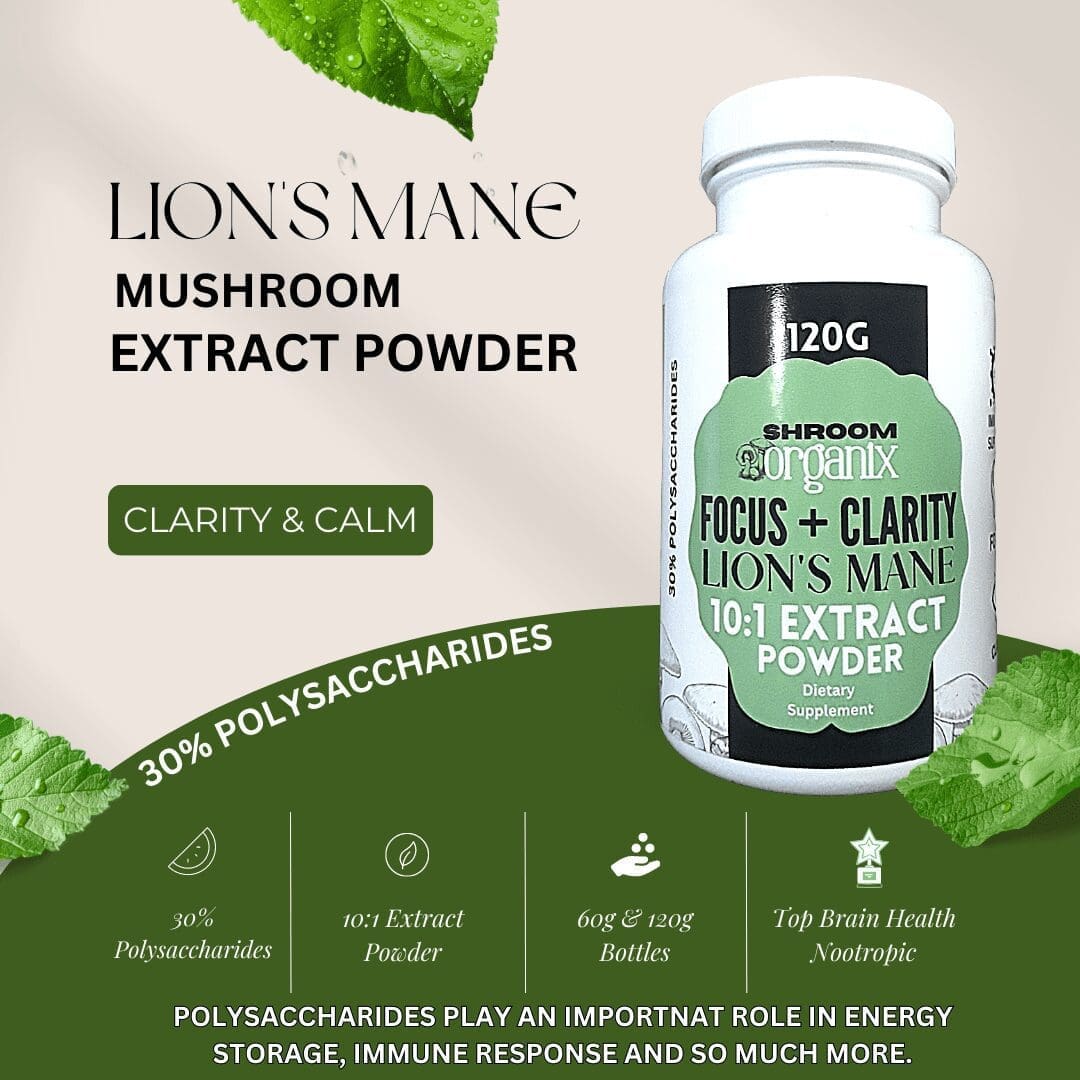Table of contents
- Managing Diabetes Using Supplements
- Introduction:
- Understand the Types of Diabetes
- Blood Glucose Monitoring
- Medication Management
- Diet and Nutrition
- Physical Activity
- Weight Management
- Stress Management
- Regular Check-ups
- Avoiding Complications
- Education and Support
- What is Bitter Melon?
- How Does Bitter Melon Lower Blood Sugar Levels?
- Different Ways to Incorporate Bitter Melon into Your Diet for managing diabetes
- Conclusion:
- FAQs
Managing Diabetes Using Supplements
Introduction:
Diabetes is a chronic condition that affects millions of people worldwide. It is characterized by high levels of sugar in the blood, which can lead to a host of health problems if left untreated.
While there are various medications available to aid in handling diabetes, many people turn to natural remedies to help control their blood sugar levels. One such remedy is bitter melon, a fruit that has been used for centuries in traditional medicine to treat a variety of ailments, including diabetes.
In this article, we’ll explore the power of bitter melon for managing diabetes. We’ll discuss what bitter melon is, how it works to lower blood sugar levels, and the different ways you can incorporate it into your diet. So, let’s get started!
Managing diabetes involves a comprehensive approach that includes lifestyle modifications, monitoring blood glucose levels, medication management, and regular consultations with healthcare professionals. The primary goal is to keep blood sugar levels within a target range to prevent or delay complications. Here’s a detailed guide on managing diabetes:

Understand the Types of Diabetes
Understanding whether one has type 1, type 2, or gestational diabetes is crucial as it influences the management approach.
- Type 1 Diabetes: The body doesn’t produce insulin. Management usually requires insulin therapy.
- Type 2 Diabetes: The body doesn’t use insulin properly. It can often be managed with lifestyle changes and oral medications, but may also require insulin.
- Gestational Diabetes: Occurs during pregnancy and usually resolves after birth, but it requires management to protect the health of mother and baby.
Blood Glucose Monitoring
Regular monitoring of blood glucose levels helps in making informed decisions about diet, physical activity, and medication.
- Self-Monitoring: Using a blood glucose meter to track blood sugar levels.
- Continuous Glucose Monitoring (CGM): Using a device to continuously track glucose levels throughout the day and night.
Medication Management
Depending on the type of diabetes, medication may include insulin or other types of diabetes medications that help to control blood sugar levels.
- Insulin Therapy: Essential for type 1 diabetes and sometimes necessary for type 2 diabetes.
- Oral Medications: Common for type 2 diabetes, work in various ways to lower blood sugar levels.
Diet and Nutrition
A balanced diet is critical in managing blood sugar levels and overall health.
- Carbohydrate Counting: Monitoring carbohydrate intake is key as carbs have the most significant impact on blood sugar.
- Healthy Eating Patterns: Emphasize fruits, vegetables, whole grains, lean protein, and healthy fats.
- Portion Control: Important for managing calorie intake and maintaining a healthy weight.
Physical Activity
Regular physical activity helps control blood sugar levels, improves blood circulation, and promotes overall health.
- Aim for at least 150 minutes of moderate-intensity exercise per week.
- Include both aerobic exercises (like walking, swimming) and resistance training (like weight lifting) in your routine.

Weight Management
Maintaining a healthy weight is crucial, especially in type 2 diabetes, as it helps improve the body’s ability to use insulin and manage blood sugar levels.
Stress Management
Stress can affect blood sugar levels, so it’s important to practice stress-reduction techniques such as yoga, meditation, or deep breathing exercises.
Regular Check-ups
Regular consultations with healthcare professionals are crucial for monitoring your overall health, adjusting medications, and screening for complications such as neuropathy, nephropathy, retinopathy, and cardiovascular diseases.
Avoiding Complications
- Foot Care: Regular foot inspections and care to prevent ulcers and infections.
- Dental Care: Regular dental check-ups as gum disease can affect blood sugar control.
- Vaccinations: Staying up-to-date with vaccinations to prevent certain illnesses.
Education and Support
Understanding diabetes and having support is essential. Consider joining a support group or seeking educational resources to stay informed about the best practices in diabetes management.
Managing this disease is a lifelong commitment that involves regular monitoring and adjustments to treatment. Working closely with healthcare providers and staying informed about the latest developments in diabetes care are key components of effective diabetes management.

What is Bitter Melon?
Bitter melon, also known as bitter gourd or Momordica charantia, is a tropical fruit that is commonly used in Asian cuisine. It is characterized by its bumpy, green exterior and its bitter taste. Bitter melon is a rich source of nutrients, including vitamins C and A, iron, and potassium. But what makes this fruit particularly interesting for people with diabetes is its ability to lower blood sugar levels and aid in controlling diabetes.
How Does Bitter Melon Lower Blood Sugar Levels?
Bitter melon contains compounds that have been shown to have a hypoglycemic effect, meaning they lower blood sugar levels. One of these compounds is called charantin, which has been shown to increase glucose uptake and glycogen synthesis in the liver, two processes that help regulate blood sugar levels. Another compound found in bitter melon is polypeptide-p, which has insulin-like effects and helps to lower blood sugar levels.
In addition to these compounds, bitter melon also contains antioxidants, which can help protect against oxidative stress and inflammation, two factors that contribute to the development of diabetes complications and managing it long term.
Different Ways to Incorporate Bitter Melon into Your Diet for managing diabetes
If you’re interested in incorporating bitter melon into your diet to help manage your diabetes, there are several different ways to do so. Here are some ideas:
- Juice it: You can juice bitter melon and mix it with other fruits and vegetables to create a delicious and nutritious drink.
- Cook with it: Bitter melon is a popular ingredient in many Asian dishes. You can add it to stir-fries, soups, and curries for a tasty and healthy meal.
- Take it in supplement form: Bitter melon supplements are available in capsule or tablet form, making it easy to incorporate into your daily routine.
Conclusion:
In conclusion, bitter melon is a powerful natural remedy for managing diabetes. It contains compounds that have been shown to lower blood sugar levels.
FAQs
No, bitter melon should not be used as a replacement for diabetes medications. It should be used in conjunction with other diabetes treatments, under the guidance of a healthcare provider.
No, bitter melon should not be used as a replacement for diabetes medications. It should be used in conjunction with other diabetes treatments, under the guidance of a healthcare provider.
The amount of bitter melon you should consume per day will vary depending on your individual needs and health status. It is recommended to start with small amounts and gradually increase as tolerated.
Related Articles:
- Benefits of Herbal Supplements Joint Pain
- Boost Vitality Male Health Supplements
- What Causes Low Testosterone in Young Males
- Smart Drugs Unlock Your Brain And Potential
Meet The Author





